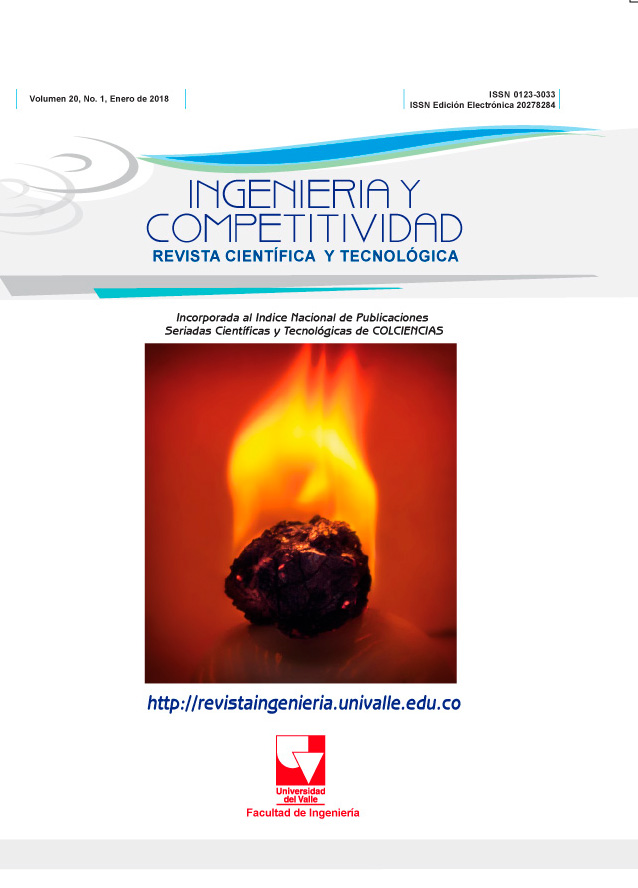Estudio de la calidad de la energía en el punto común de conexión entre una red de baja tensión y un sistema solar fotovoltaico de 7.8 kWp
Contenido principal del artículo
Este trabajo presenta, el estudio de los problemas de tensión originados en el punto común de conexión de una red
experimental de 1,000 kWh/mes de energía solar en la ciudad de Ibagué, Colombia. La red de baja tensión fue caracterizada
de acuerdo con la NTC 5001e incluye aspectos como desequilibrio de tensión, intermitencia, flicker de corto
y largo plazo, fluctuaciones y harmónicos. La energía máxima producida por la fue de 850 kWh/mes, equivalente
al 72,65% de la capacidad instalada, con relación a las perturbaciones de larga duración se tuvo un incremento del
2% con respecto al valor mínimo de la tensión registrada; el desequilibrio de tensión disminuye entre el 3.5 y el
70% y los harmónicos de tensión (THD) aumentaron el 7% en la línea U1, 0.8% en la línea U2 y 3% en la línea U3.
Los harmónicos de corriente no presentaron incrementos significativos en las líneas U2 y U3, la línea U1 registró un
incremento del 22%. Los valores de flicker de corta y larga duración, las muescas de tensión (Notches) y las interrupciones
de larga duración no registraron diferencias significativas, la potencia activa y reactiva total se incrementaron
en 58 y 42%, respectivamente. El estudio termográfico permite establecer un incremento de temperatura de
7.5% después de la implementación de la red experimental. Se espera que la experiencia en el proyecto pueda servir
de referencia en la aplicación de la ley 1715 del gobierno de Colombia para el aprovechamiento de la energía solar
- Baja tensión, calidad de la energía, energía solar, red experimental
Descargas
Los autores que publican en esta revista están de acuerdo con los siguientes términos:
Los autores ceden los derechos patrimoniales a la revista y a la Universidad del Valle sobre los manuscritos aceptados, pero podrán hacer los reusos que consideren pertinentes por motivos profesionales, educativos, académicos o científicos, de acuerdo con los términos de la licencia que otorga la revista a todos sus artículos.
Los artículos serán publicados bajo la licencia Creative Commons 4.0 BY-NC-SA (de atribución, no comercial, sin obras derivadas).





